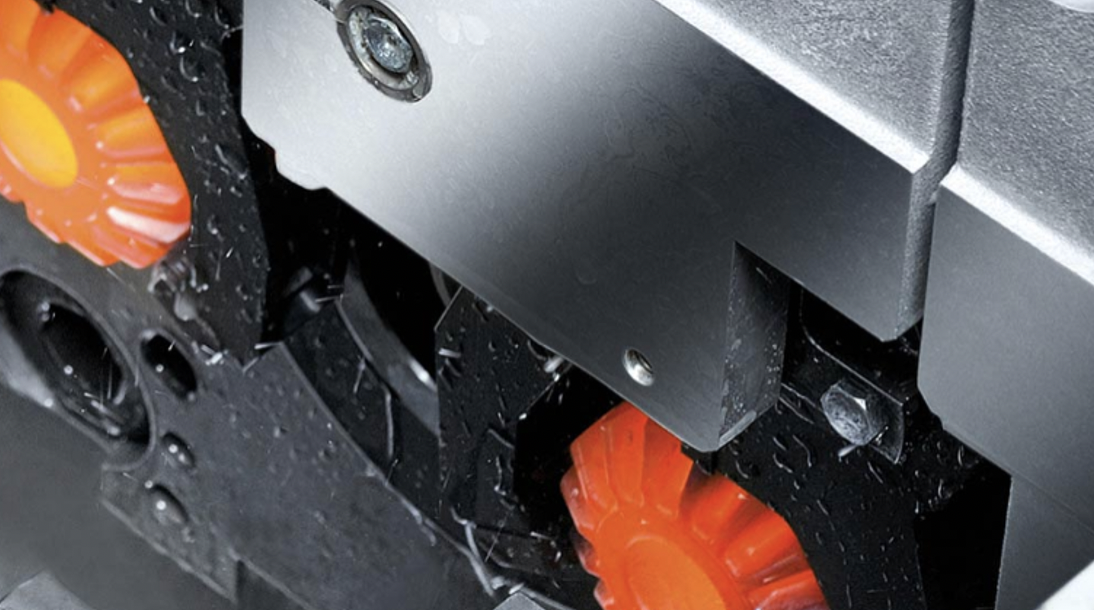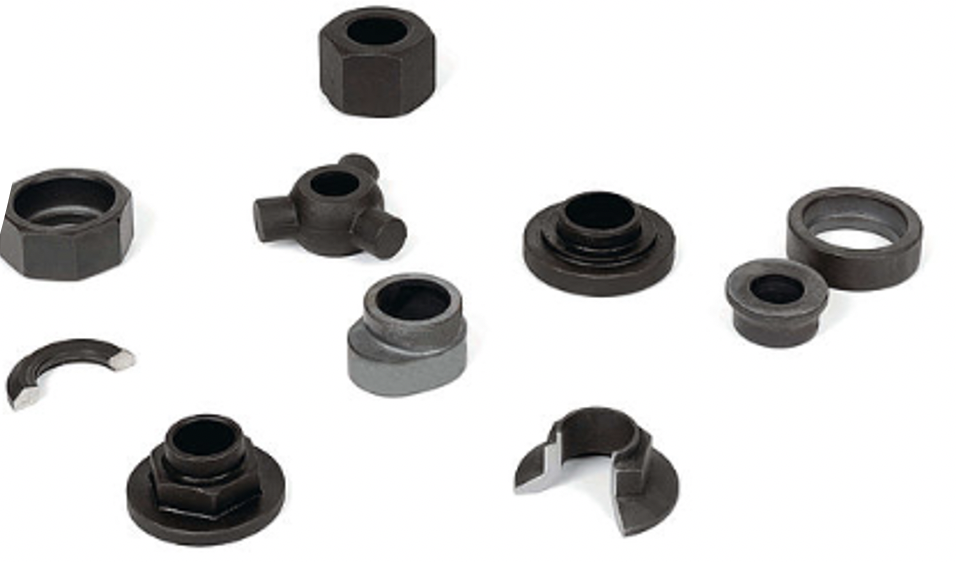
Forging is classified in hot, warm and cold, according to the temperature at which it is performed.
Okabe utilizes a wide variety of sources capable of the following to meet your specific requirements:

Hot Forging (Up to 1150C for steel)
During hot forging, the temperature reaches above the recrystallization point of the metal. This heat is necessary in avoiding strain hardening of the metal during deformation. High Speed horizontal hot forming can produce up to 180 pieces per minute. Hot forging is less precise than cold forming and almost always requires a secondary machining operation.
Hatebur AMP20/AMP30/AMP50
Capacity Available
Warm Forging: (650C to 1000C)
Warm forging usually occurs in a heat range between Hot and Cold. Accuracy is improved yet does not rival the cold forming process.
Induction Heater / 6,000-ton Conventional Press
Capacity Available
Cold Forging (Room Temperature)
Cold forming is a high speed forging process where coiled wire at room temperature is precisely sheared to length, and then moved through a succession of tool and die cavities to displace the working metal, either larger/smaller in diameter, longer/shorter in length, or to remove small amounts of material by trimming or piercing. The results of cold forming often do not require secondary machining to meet print tolerances.
National 1000/1250
Capacity Available
Coining (Often Room Temperature)
Coining is a forging process in which a small amount of material movement is sought. Pressure is applied to the surface of the workpiece to obtain closer tolerances and better surface finish. This process often eliminates the need to use a costly secondary machining process.
Conventional Press up to 6,000 Tons
Capacity Available
